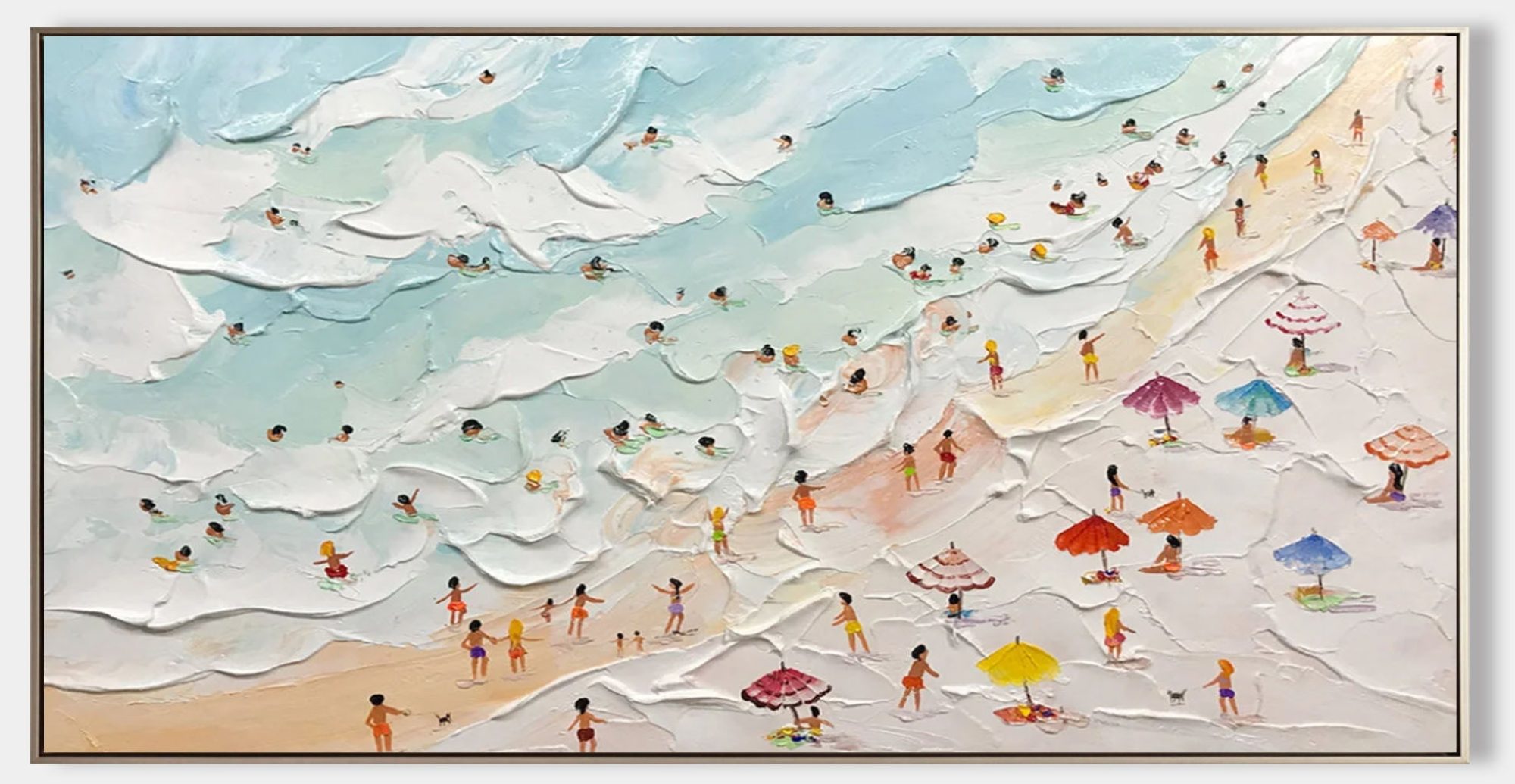Introduction: Abstract Art as Surreal Allegory
Abstract art often asks: What if the unseen were more real than the seen? “The Wheels Hung on My Bones” presents such a question through its title alone — a surreal, almost dystopian merging of organic and mechanical.
Surrealism Reimagined in Abstract Form
Although not strictly surrealist, the painting leans into surrealist logic: impossible juxtapositions that feel emotionally true. Salvador Dalí once noted, “Surrealism is destructive, but it destroys only what it considers to be shackles limiting our vision.” This painting does just that.
The Human Body as Burdened Terrain
By invoking “bones,” the artist touches on mortality and vulnerability. Wheels hanging on these bones suggest labor, suffering, perhaps even societal machinery imposed upon the individual — a motif often explored in industrial abstract art.
Color and Chaos: Constructing Psychological Dissonance
The palette — likely filled with muted rusts, bruised grays, or mechanical blues — offers emotional turbulence. Texture becomes symbolic of dissonance, like tire tracks over skin, evoking both movement and violation.
Closing: Liberation Through Recognition
Rather than resolve the metaphor, the painting holds it open. That openness is its power. It gives the viewer space to acknowledge, reflect, and perhaps even reinterpret their own inner machinery.
